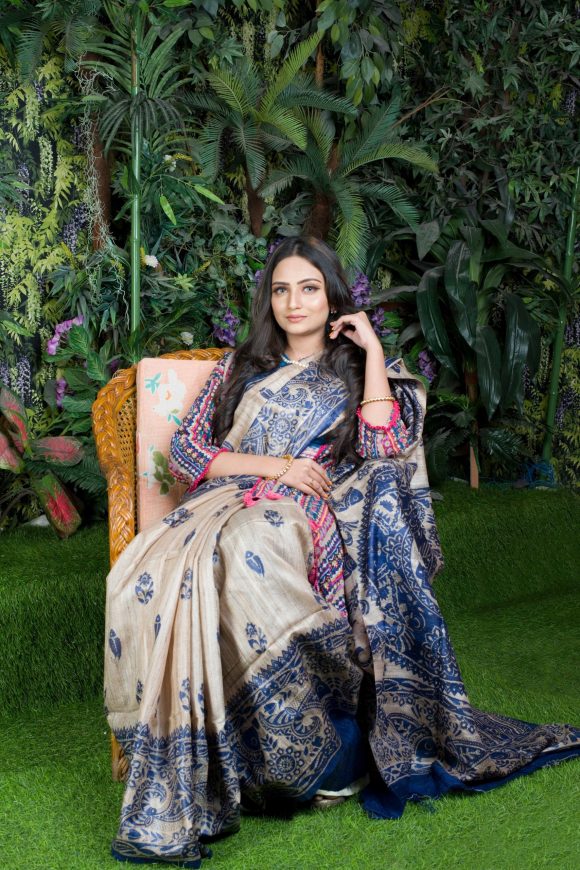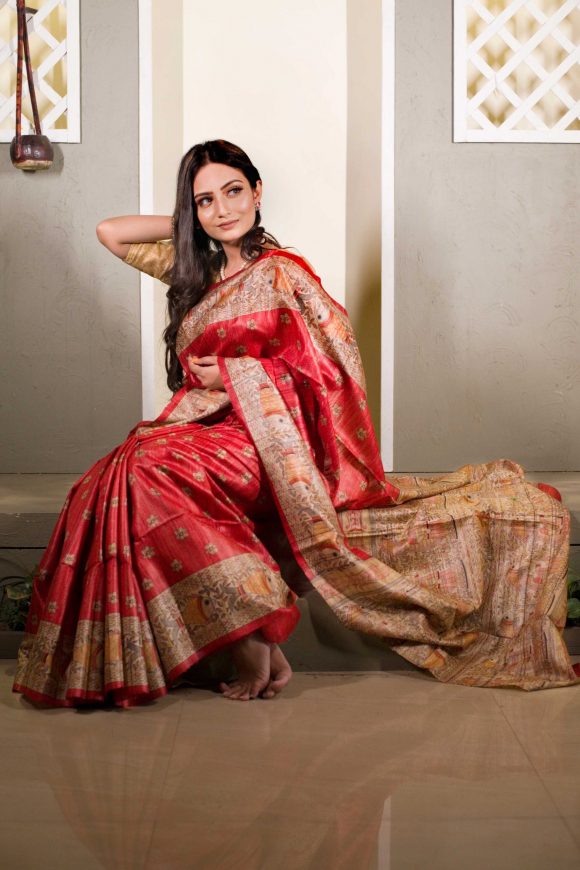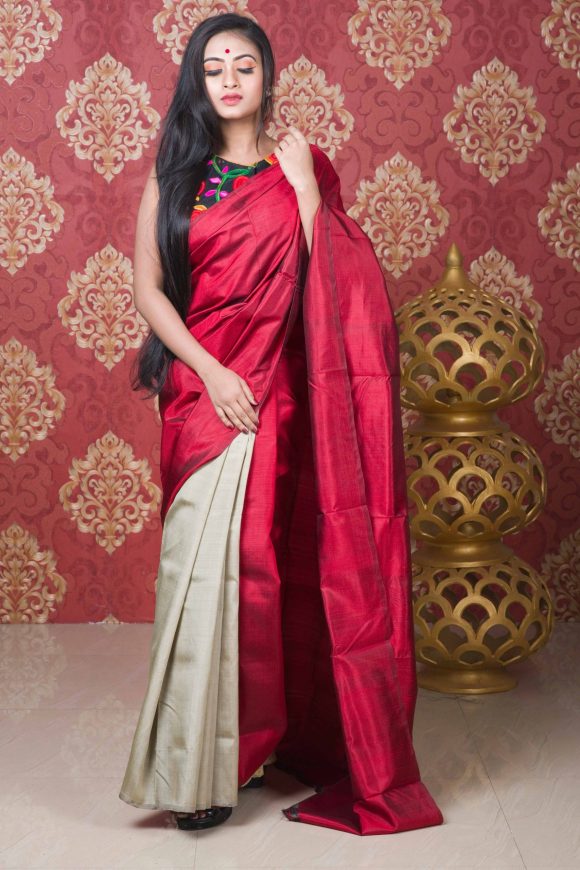Silk
Silk Sarees of India: Personifying Feminine Elegance
If we talk about elegance in attire, silk sarees will surely top the chart. The texture, sheen, and luster of this apparel define feminine grace. Another great thing is that these sarees are quite easy to drape, and they remain crisp even after long hours of wearing.
Silk sarees are preserved in one’s closet for some special occasions. Besides, there will always be a rich and gorgeous silk saree in a bride’s trousseau. Women of all ages love these sarees because of their subdued regal charm and their association with the rich culture of India.
Today, the popularity of silk sarees has reached fashionistas across the globe. The entire went swooned over the beauty and charm of Julia Roberts, Ashley Judd, and Oprah Winfrey as they stepped out in silk sarees for various occasions.
How Silk Sarees Became Important in Indian Culture:
China is revered as silk’s country of origin. However, silk came and got started being cultivated in India during the Indus Valley Civilization. Silk came to India as an important item for international trade during the pre-industrial era. With time, it became a part of Indian culture and continued to thrive. Today, India is one of the biggest silk producers and consumers in the world, along with China. If we go by the reports of the Indian Sericultural Commission, India produced a whopping 33,770 metric tons of silk in 2020.
Talking about silk sarees, they have been always there in Indian tradition. Earlier, they were seen as royal attires. Throughout the years, they have become a must-have for every Indian woman as valuable possessions. The popularity of silk sarees and attires increased with the infusion of Mughal and Persian fashion into the Indian lifestyle.
Today, if you explore the geography of India, you will see how Gujarat, Malwa, various parts of Southern India, and some pockets of Northern and Eastern India have become big hubs for silk sarees’ production. In terms of fabric and textile, silk in India is majorly of two types.
The most luxurious one is called Kinkhwab, which started getting produced during the days of Mughal emperor Akbar. This is a wonderful fusion of Gujarati silk weaving style with international techniques of Turkey, Afghanistan, Persia, etc.
Pot-thans or Katans came as a lighter and easily pliable alternative for Kinkhwab. It was widely worn by royal families and aristocrats. The migrant weavers developed a new style of weaving silk sarees in the form of Jamewar silk. These were largely produced in different sections of Jammu and Kashmir in India and Pakistan.
How Silk Sarees Evolved with Time:
The weaving techniques of silk sarees always have been very versatile. The indigenous crafts and skills were already there, and they got better with international influences. It is amazing to see that almost every pocket of India has its own version of native silk sarees in the form of Bishnupuri silk, Assam silk, Baluchari, Swarnachari, Benarasi, Mysore silk, etc.
Silk sarees also got versatility because of the diverse cultures that thrived and are practiced throughout the country. Another special thing about silk sarees in India is that even today, the art majorly relies on handloom artists despite the massive spread of power looms. This gives a kind of exclusivity to each piece, as you can see in the collection of Ashmi’s Creations.
It was not easy to make silk sarees versatile because, like other apparel, you cannot bring variations in sarees with cuts, and stitching styles. However, the mastery of weaving techniques and variations in color or texture more than make up for it. The inherent luster of silk sarees further makes them something to desire for.
Silk sarees can be made of pure silk yarns, and in an attempt to evolve with time, there are even blended silk sarees on the market today. Pure silk threads are mixed with other fabrics or zari and resham to introduce variations to the existing ones. Even differences in dyeing techniques are seen as reasons behind the versatility and evolution of silk sarees.
So, if you are planning to have an elegant silk saree in your closet, have a look at our collection of silk sarees. They are ideal for various occasions, and their inherent elegance will make you the center of attraction when complemented with minimalistic makeup and accessories.









